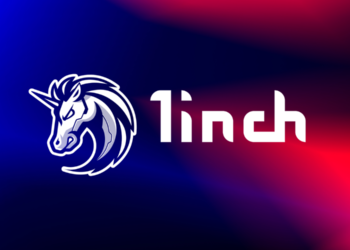Interacting with objects and the environment is an important aspect of virtual reality. Hand gestures alone are often insufficient to achieve this goal. A magic wand or some sorts can certainly do the trick. Right now, most of these “magic wands” come in the form of proprietary VR controllers. It will be quite interesting to see how this market evolves in the coming years.
Magic Wands Help With VR Navigation
When immersing oneself in virtual reality, interacting with objects and the environment can be quite challenging. Since virtually no VR headset has native hand movement tracking, this interaction can be quite frustrating. Granted, some platforms use gaze control to achieve this goal, which works quite well. However, a lot of VR users don’t mind using a physical object to make this process a lot smoother.
This is where the magic wand comes into the picture. A magic wand can be described as a three-dimensional input device used to point at and interact with virtual objects. It is far more advanced than a regular Xbox or PlayStation controller, though. After all, it doesn’t matter where one points the controller, as it relies on the joystick and button input. Magic wands, on the other hand, are all about directional input first and foremost.
Various manufacturers are working on creating such magic wands. The Oculus Touch or HTC Vive controller are two perfect examples of how such a magic wand would look. Not all of these proprietary devices are all that comfortable to wield, though. Nor are they always capable of recreating the perfect experience. Drawing an arrow from a quiver will never feel as one would expect when waving two magic wands around.
That being said, magic wands will become a big part of the VR experience. That is until headsets become capable of tracking hand movements and gestures properly. For now, it appears that level of technology will need a few more years before it comes to market. Until then, expect many different iterations of magic wands. There needs to be a strong focus on convenience and usability, without making things overly complicated.
If you liked this article make sure to follow us on twitter @thevrbase and subscribe to our newsletter to stay up to date with the latest VR trends and news.











